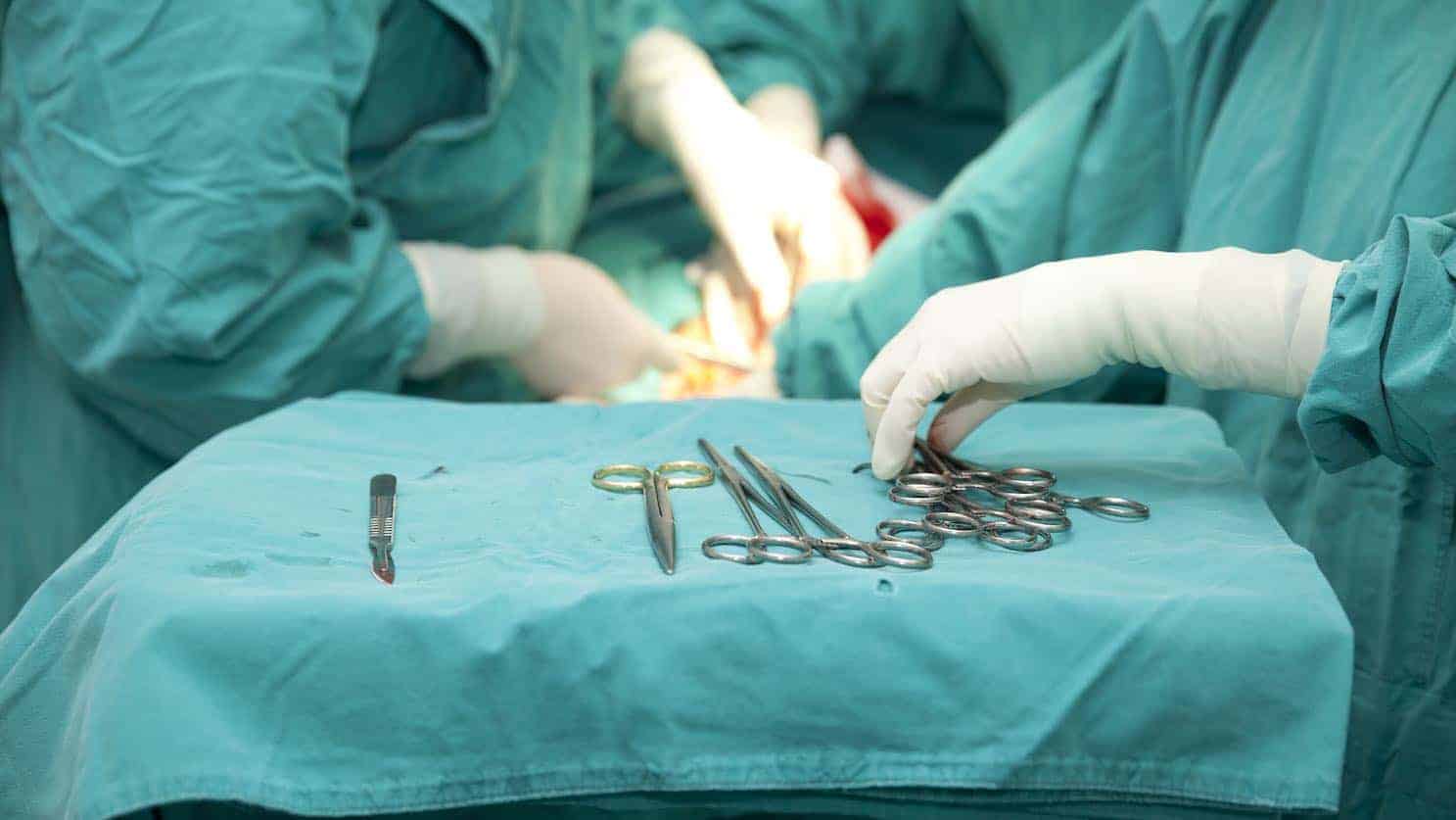While some TV shows on cosmetic surgery paint a rosy picture, as with all surgery, there are risks involved. Some risks are procedure specific but there are also general risks associated with having any surgical procedure.
Risks and complications do occur, and you should be fully aware of them before you consider surgery.
- Bleeding is pretty common for a few hours following surgery. Blood clotting under the skin from a broken blood vessel and leaking into the surrounding tissue can result in a condition called hematoma. A hematoma looks like a hard, raised bruise. It is often accompanied by inflammation, swelling and pain in the affected area. Hematomas can usually be treated with rest, ice, compression and elevation (RICE), but if the problem doesn’t resolve, a drain may need to be inserted to allow the blood to be discharged.
- Infections can occur following any surgical procedure. If a wound area is exposed too soon after surgery or is not cleaned and treated properly, an infection can enter the stitched area and sometimes affect surrounding tissues. Symptoms of an infection are tiredness, fever and rapid swelling and redness of the infected area. Most infections can be treated with antibiotics, although a few strains of bacteria have become antibiotic resistant. Contact your surgeon immediately if you have any of these symptoms.
- A variety of drugs are administered when you have a general anaesthetic. Before any surgery, make sure to tell your surgeon if you have any allergies. Skin rashes are a very common allergic reaction. More extreme symptoms can include fever, kidney failure and anaphylaxis. Allergic reaction can be dangerous and should never be ignored.
- When not enough blood flows into an area, necrosis, or the death of living tissue may occur. In extreme cases of necrosis, gangrene can follow, and the surgeon will have to cut out the dead tissue.
- Surgeons try to make incisions in inconspicuous places, in a fold of skin or in the hairline. If an incision must be made in an obvious area, then it is usually quite small. Scars heal better if the wound area is properly looked after. Clean the stitched area as your surgeon directs. Monitor the area and contact your surgeon if you think anything starts to look unusual.
- There are many scar-healing treatments, such as the use of adhesive silicone, and, after scars have healed, there are also many ways of diminishing their appearance. Applying a topical ointment that contains Retin-A, Vitamin E, emu oil or glycolic acid to the area is useful in treating scars. So is having a laser treatment to resurface the skin. Wounds heal differently in everybody, and it is impossible to know how your scars will heal. If, however, you have scarred badly in the past, tell your surgeon about it before the procedure is performed.
- Nerve damage can occur when nerves are cut. The symptoms of nerve damage are numbness and tingling and sometimes the loss of the use of a muscle. Usually nerves grow back over time, but in extreme cases they don’t grow back at all. Nerve damage can sometimes be repaired with further surgery.
- Some unacceptable outcomes are the result of unrealistic expectations that have not been discussed with the surgeon prior to surgery. Make sure your surgeon is clear about what you expect from the procedure. No two bodies are the same, and it is impossible for a surgeon to predict exactly what you will look like after surgery. Choosing a surgeon who has had a lot of experience with the procedures you elect make a poor outcome less likely. Still, if you are not happy about the result, tell your surgeon. Maybe something can be done to remedy the situation.
- Asymmetry after surgery can range from normal to severe. Mild asymmetry is normal, because the body is not symmetrical to begin with. If the asymmetry is extreme, it may need to be corrected with a second surgical procedure.
- Sometimes the surface of the skin can look dimpled or puckered after surgery. This could happen because a scar has not healed correctly, or because the stitched area has not been stitched evenly. To fix it the incision has to be made again and the skin redraped. Sometimes, however, for no apparent reason, the skin simply does not shrink to fit the newly rejuvenated area. This outcome will require more surgery.

Hi
Is ok to go through the procedure if a person body makes mild blood clots and also taking blood thinners every day ?